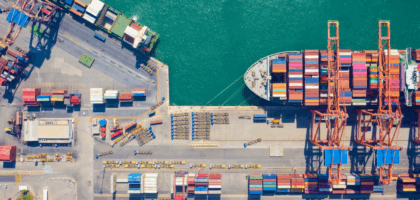WHAT IS HAPPENING?
The United States has officially finalized trade agreements with Great Britain and China to significantly decrease certain tariffs. Beginning today, May 14, 2025, the United States will:
- Lower reciprocal tariffs between the U.S. and China from 125% to 10%, and
- Allow quota limits on UK products to alleviate the current 25% duty burden on steel, aluminum, and automobiles.
These changes stem from ongoing trade negotiations and the administration’s use of statutory authorities—specifically Section 232 of the Trade Expansion Act and the International Emergency Economic Powers Act (IEEPA).
Under the current provisions of Section 232, duties have been applied to shipments of steel aluminum products and derivatives, passenger vehicles, light trucks, and vehicle parts, while the IEEPA provides justification for duties levied in response to the ongoing fentanyl crisis.
WHY IS IT HAPPENING?
The use of authorities like Section 232 of the Trade Expansion Act and the IEEPA reflects a broader effort to address critical supply chain vulnerabilities and support domestic industries while managing emerging security threats. In parallel, the administration is responding to the growing pressure to de-escalate longstanding trade disputes that have put a strain on relationships with key U.S. partners.
By reducing tariffs and maintaining other duty programs, the administration indicates a shift toward a more targeted and strategic trade approach, prioritizing diplomacy and economic resiliency over blanket punitive measures.
WHAT DOES IT MEAN FOR YOU?
Most importers will see an immediate cost relief on many goods from the UK and China, with certain duties reduced by over 100%. However, goods from China to the U.S. could still be subject to up to 70% in duties due to overlapping trade programs (i.e., Section 301, Section 232, and the first IEEPA).
Regardless, companies should reassess landed cost calculations, review HTS classifications, and monitor regulatory developments to fully leverage these changes and prepare for future modifications.
If you have any questions or concerns, please reach out to your ICAT representative for further insight into this industry update.



